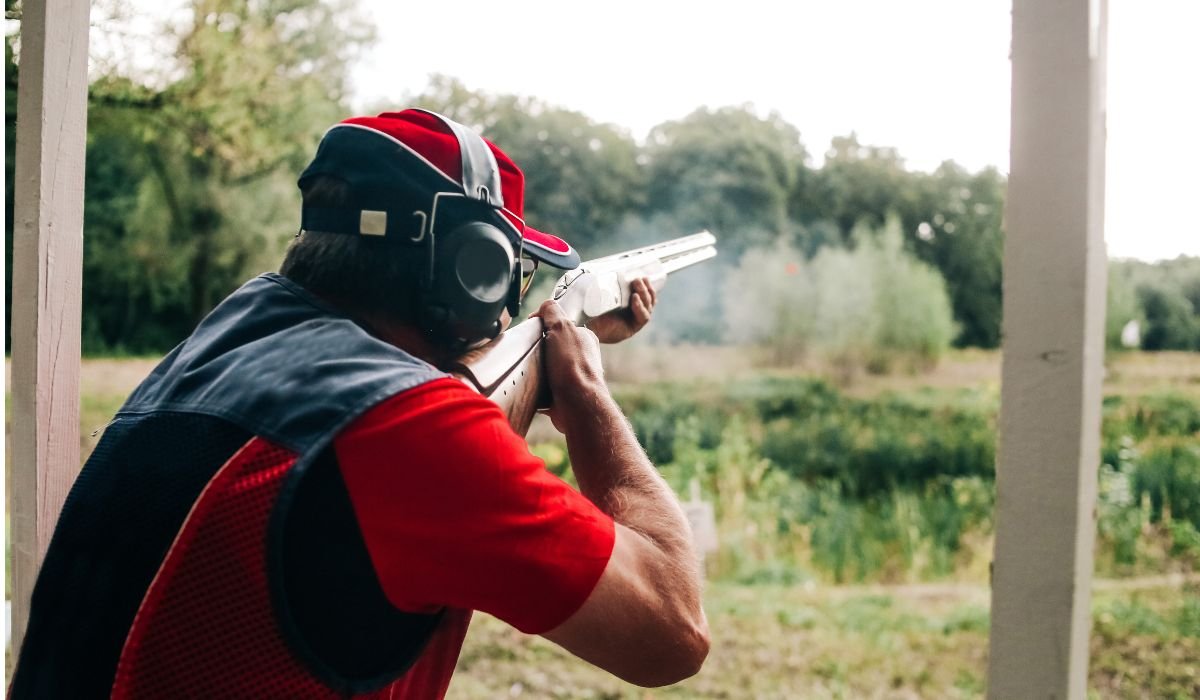Long-range shooting is an art form where science, skill, and instinct collide. Hitting a target hundreds—or even thousands—of yards away takes more than just a quality rifle and scope. It requires in-depth knowledge of ballistics, environmental factors, and shooter consistency. If you’ve already mastered the fundamentals and are ready to push your limits, this guide offers advanced tips to help you sharpen your precision at a distance.
1. Understand Your Ballistics—Inside and Out
At long range, bullet behavior changes dramatically. To shoot with consistent precision, you must understand your rifle’s ballistic profile. This includes:
● Ballistic coefficient (BC): Higher BC means better aerodynamic performance, crucial for resisting wind and drag.
● Muzzle velocity: Variations can throw off accuracy. A chronograph helps track consistency.
● Bullet drop and trajectory: Know the precise drop at various ranges and how it affects point of impact.
Use ballistic calculators like Strelok Pro or Applied Ballistics to plug in real-time data for more accurate predictions.
2. Advanced Wind Reading Skills
Wind is the most unpredictable factor in long-range shooting. While a 5 mph crosswind may be negligible at 100 yards, it can cause serious drift at 800+ yards. Here’s how to manage it:
● Use mirage, vegetation, and wind flags to gauge wind speed and direction.
● Estimate full-value wind (blowing directly across your line of fire) and adjust accordingly.
● Bracket your shot by watching how the wind behaves and making real-time corrections based on prior shots.
Practice reading wind at multiple distances because wind can vary dramatically between you and your target.
3. Focus on Consistent Shooting Mechanics
Even small inconsistencies in your shooting technique can create significant deviations downrange. Here’s what to lock in:
● Cheek weld and eye alignment should be identical for every shot.
● Trigger control must be deliberate and smooth—no jerking.
● Breath control plays a crucial role; take the shot at the natural respiratory pause.
● Follow-through is just as important as the shot itself. Maintain your position and sight picture even after recoil.
Precision shooting demands that every shot be executed exactly the same way.
4. Optimize Your Rifle and Optics Setup
Precision shooting demands more than just skill—it requires a finely tuned system where every component works in harmony. Remember, your rifle is only as precise as its weakest link. Here’s how to ensure your setup supports long-range accuracy:
● Properly mount your scope to maintain alignment. Make sure it’s level and torqued to manufacturer specifications to avoid canting errors that can skew your shots at distance.
● Choose optics that offer dependable tracking and crystal-clear visuals across magnifications. Riton Optics, known for their rugged construction and precision engineering, deliver consistent performance in even the most demanding conditions.
● Regularly adjust your parallax and focus settings. Don’t rely on default adjustments—verify sharpness and eliminate any reticle shift before taking the shot.
● Consider performance upgrades like a match-grade barrel or a precision trigger. These enhancements can significantly tighten your shot groupings.
Investing in high-quality components—especially reliable optics like those from Riton—pays dividends when every inch counts at 1,000 yards and beyond.
5. Record and Analyze Your Data
Every shot is data. Advanced shooters keep detailed logs of:
● Environmental conditions (temperature, barometric pressure, humidity)
● Wind estimates and holdovers
● Ammo batch performance
● Dope (Data on Previous Engagements) Over time, this data becomes a personalized shooting profile that helps predict performance under similar conditions in the future.
6. Train with Purpose
Shooting more doesn’t always mean shooting better. Instead, train with clear objectives:
● Challenge yourself with unknown distance targets.
● Practice in various positions—prone, kneeling, or supported—from natural terrain.
● Simulate stress conditions like time constraints or fatigue to improve real-world readiness.
● Dry fire practice builds muscle memory and reduces ammo costs.
Targeted training helps refine the smallest errors that make the biggest difference downrange.
7. Factor in the Environment
Don’t underestimate the effect of natural conditions:
● Altitude: Higher elevations mean thinner air, reducing drag on the bullet.
● Temperature: Warmer air increases muzzle velocity; colder air slows it down.
● Light conditions: Shadows and glare can affect your sight picture and depth perception.
Adjust your calculations based on the current environment, not just the shooting range you trained at.
In Conclusion
Long-range precision shooting is a continuous journey of refinement. The difference between a hit and a near miss at 1,000 yards comes down to how well you understand your gear, the environment, and yourself. By honing advanced techniques—ballistic mastery, wind reading, shooting mechanics, and thoughtful training—you not only improve your accuracy but also deepen your appreciation for the discipline.
With patience, practice, and data-driven insights, every trigger pull brings you closer to true mastery—one precise shot at a time.
READ ALSO: Is the Mossberg 590s Worth It? 7 Pros and Cons Every Buyer Should Know










